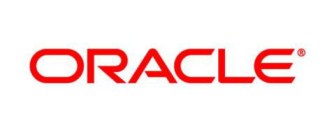
Oracle has announced that it has completed its takeover of Sun Microsystems, concluding a deal values at over $7 billion and which wound slowly through the processes of antitrust regulators in both the United States and the European Union. The deal makes the world’s largest maker of database software into a hardware company which will manufacture servers, storage solutions, and other high-end hardware, as well as take over Sun’s Solaris operating system, Java, and the MySQL open source database.
In a melancholy memo, Sun founder Scott McNealy—who a decade ago famously declared “You have zero privacy anyway, get over it”—complimented Oracle founder Larry Ellison while saying goodbye to his own company. “To be honest, this is not a note this founder wants to write,” McNeally wrote. “Sun, in my mind, should have been the great and surviving consolidator. But I love the market economy and capitalism more than I love my company.”
Antirust regulators were concerned that Oracle’s control of MySQL—the most widely-used open source database on the planet—would give Oracle too much control of the database market. However, Oracle was able to convince regulators that MySQL did not directly compete with Oracle’s primary products at many levels, and that the two products could co-exist without difficulty. Oracle ha pledged to continue aggressive development of MySQL. The moves apparently satisfied both U.S. and European regulators, who signed off on the deal. China and Russia, however, have yet to give their approvals.


